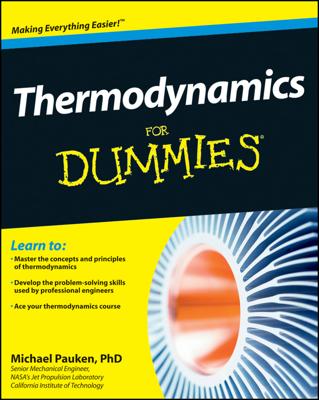In the United States, there are approximately 100 nuclear power plants producing more than 20 percent of the country's electricity. Almost 80 percent of France's electricity is generated through nuclear fission. Nuclear power plants have certain advantages: No fossil fuels are burned, and there are no combustion products, such as carbon dioxide, sulfur dioxide, and so on, to pollute the environment. But two major problems are associated with nuclear power plants: accidents (safety) and the disposal of nuclear waste.
Nuclear accidents: Three Mile Island and Chernobyl
Although nuclear power reactors really do have a good safety record, the distrust and fear associated with radiation make most people sensitive to safety issues and accidents. The most serious accident to occur in the United States happened in 1979 at the Three Mile Island Plant in Pennsylvania. Operator error and equipment failure caused a loss of reactor core coolant, which led to a partial meltdown and the release of a small amount of radioactive gas. There was no loss of life or injury to plant personnel or to the general population.
This was not the case in Chernobyl, Ukraine, in 1986. Human error, along with poor reactor design and engineering, contributed to a tremendous overheating of the reactor core, causing it to rupture. Two explosions and a fire resulted, blowing apart the core and scattering nuclear material into the atmosphere. Hundreds of people died. Many others felt the effect of radiation poisoning. Instances of thyroid cancer have risen dramatically in the towns surrounding Chernobyl. It will be many more years before the effects of this disaster will be fully known.
Getting rid of nuclear waste
The nuclear fission process produces large amounts of radioactive isotopes, and some of the isotopes have rather long half-lives. Those isotopes are safe only after ten half-lives, which presents a problem when dealing with the waste products of a fission reactor.
Nuclear waste is divided into low-level and high-level material, based on the amount of radioactivity being emitted. In the United States, low-level wastes are stored at the site of generation or at special storage facilities. The wastes are basically buried and guarded at the sites. High-level wastes pose a much larger problem. They're temporarily being stored at the site of generation, with plans to eventually seal the material in glass and then in drums. The material will then be stored underground in Nevada. At any rate, the waste must be kept safe and undisturbed for at least 10,000 years. Other countries face the same problems. There has been some dumping of nuclear material into deep trenches in the sea, but this practice has been discouraged by many nations.

